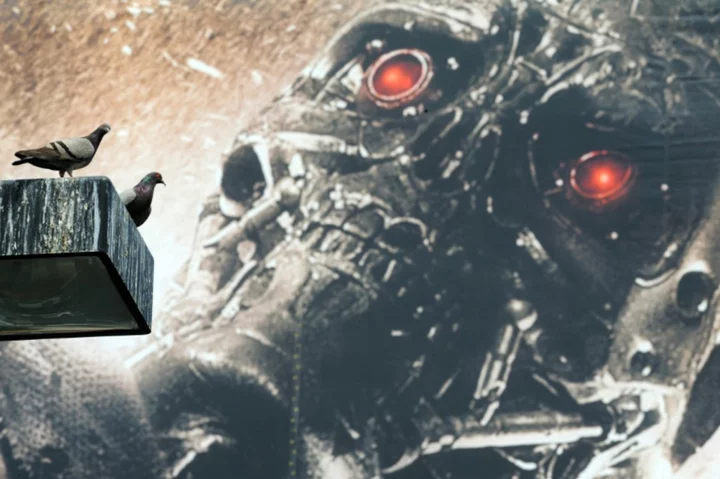
Apex Legends Developers Respond to Potential Digital Threat Nerf
Apex Legends developers revealed that the overpowered Digital Threat Optic in Season 18 is on their radar but could not promise a nerf in the future.
2023-09-12 01:26

Logitech G Introduces the Newest Audio Innovation in Esports - The Logitech G PRO X 2 LIGHTSPEED Gaming Headset with PRO-G GRAPHENE Audio Drivers
LAUSANNE, Switzerland & NEWARK, Calif.--(BUSINESS WIRE)--May 24, 2023--
2023-05-24 15:21

How to Get Diablo IV Early Access
Here's how to get Diablo IV Early Access to play the game four days early on June 2 on PC, Xbox and PlayStation.
2023-05-30 23:47

'Give me my phone!': Tennessee student pepper-sprays teacher following phone confiscation
In the video, students in the classroom can be seen laughing and joking before the student confronts the teacher in the hallway
2023-05-09 07:28

How Microsoft, OpenAI, and Sam Altman Just Changed the Future of AI Forever
GM’s Cruise CEO resigns amid safety concerns, investors will eye Fed minutes for signs of rate cuts, and other news to start your day.
2023-11-20 19:48

Why Chinese students are taking graduation photos looking 'more dead than alive'
One photo shows the young woman sprawled facedown on the ground in a graduation gown, her tasseled cap discarded to the side. Others show her slumped over a chair, collapsed against a wall, and hanging listlessly over a staircase banister.
2023-06-24 07:52

LG C3 65-Inch Evo OLED TV (OLED65C3PUA) Review
LG’s C series of OLED TVs has stood out as one of our favorites for
2023-09-06 02:26

How to unblock Google Bard for free
SAVE 49%: Unblock Google Bard from anywhere in the world with ExpressVPN. A one-year subscription
2023-06-10 12:16

GOP attorneys general shift the battle over affirmative action to the workplace
Thirteen Republican state attorneys general are cautioning CEOs of the 100 biggest U.S. companies on the legal consequences for using race as a factor in hiring and employment practices
2023-07-15 06:18

EV startups burn through more cash as demand falters
By Akash Sriram U.S. electric vehicle startups are expected to show the impact of Tesla's price war when
2023-08-04 11:50

Amazon Echo Dot With Clock (5th Gen, 2022 Release) Review
Editors' Note: This is the most recent version of the Amazon Echo Dot With Clock.
2023-06-23 01:48

Why did JiDion clash with Pokimane? ‘I was just talking s**t on my stream’
JiDion said, 'I just hate when people make it more than it needs to be, instead of it being funny, they're making it'
2023-07-27 17:57
You Might Like...

Here’s What It Takes To Prep For A New College School Year

Cincoze Showcases Its Latest AIoT Solutions at Automate and COMPUTEX 2023

Will AI really destroy humanity?

Amouranth: The truth behind why Indiefoxx was blamed for streamer's Twitch ban

French Minister Calls for Equal Treatment for Nuclear in EU Laws

'AGGR0 DR1FT' review: Harmony Korine's latest is a blood-soaked, psychedelic assassin tale

Sonar’s New, Powerful Deep-Analysis Capability Finds Hidden Code Level Security Issues

Artur Michalczyk, Telecom and CPaaS leader, appointed as Chief Technology Officer at emnify
